Sensible Targets: Search for a CM – The Shortlist
It’s not a big revelation for anyone watching Manchester United regularly this season to know that they need a new midfielder in the starting XI. The recent league game against Liverpool, which United lost convincingly, was the latest reminder of this fact. The pivot kept losing the ball while building up and there was no one to stop the opponent attackers in defensive transitions. But what kind of midfielder do we need? Where does he fit? What are the criteria to find one? And who are the realistic options? I’m going to start a series to answer these questions. In this article, we will understand the profile required, run some graphs on the stats that indicate these requirements and create a realistic shortlist of midfielders that will fit United’s needs.
Understanding the profile needed
I had written an article at the start of the season covering United’s possible midfield combinations and where VDB can fit. Check it out here. While Ole struggled to fit VDB in the suggested fashion, the article’s explanation of the midfield roles Ole uses still holds true even a season later. Ole does have a clear differentiation between the 2 midfielders in the pivot. There is one player who drops deeper between the CBs to pick up the ball during the build-up phase and progress from the defensive midfield zones while the other is more of a ball-carrier who keeps trying to move closer to the most advanced attacking midfielder and focuses on linking defence to attack. For this discussion let’s name the 2 roles as the deep-lying-playmaker (DLP) and box-to-box midfielder (B2B).
The only logic that has changed since last summer is Ole’s reluctance to use Pogba in either pivot role. Ole neither sees Pogba as a DLP who can drop deep and build up play (the experiments for the same when paired with Scott led to many mistakes during the build up and some penalties given away) and neither trusts Pogba as a B2B who can run up and down and connect the play while being disciplined (Ole’s recent comments on keeping him away from the United box are indicative). With Pogba out of the picture and Matic ageing, Scott and Fred have played the most in the pivot. The 2 roles have blurred more due to this, but it is still noticeable that Fred attempts the deeper build-up role while Scott tries to stay a little further ahead. The issue now is that Fred lacks the positioning and playmaking skill required for a DLP. While he has managed to improve his passing and maintain his great defensive duties, he isn’t naturally suited to a DLP given his high pressing game and average first touch. It can be argued Fred would look much better in the B2B role. Scott is even less suited for the DLP role due to his poor passing and that is the reason Ole has never played him in that role, to the point of forcing 2 unnatural fits in Pogba and Fred to play deeper when paired with Scott. Scott’s poor progression and average defending make him the most likely to be dropped if a new CM does arrive at United. A confirmation of Fred and Scott’s strengths and weaknesses can be seen below in their pizza percentile charts. On paper, Matic is most suited for the DLP role but the decline in his agility and press resistance due to age has made Ole use him sparingly this season.
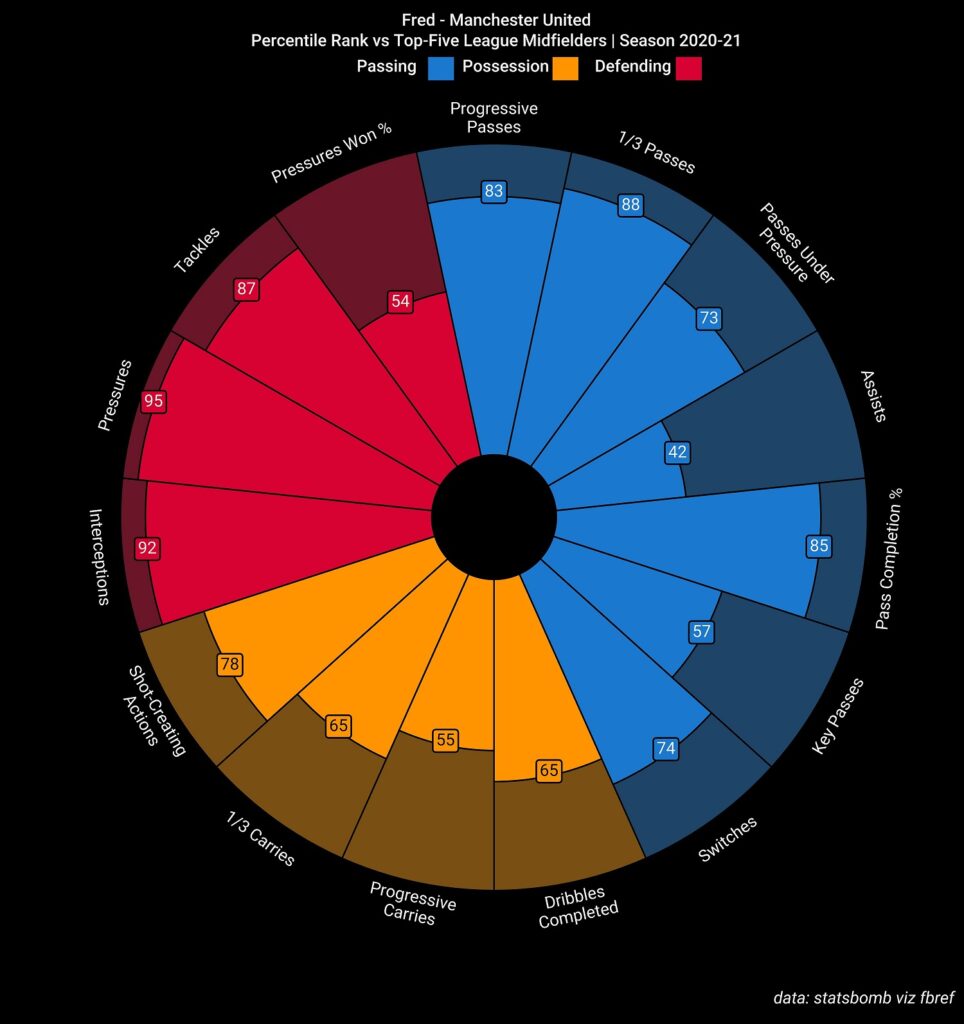
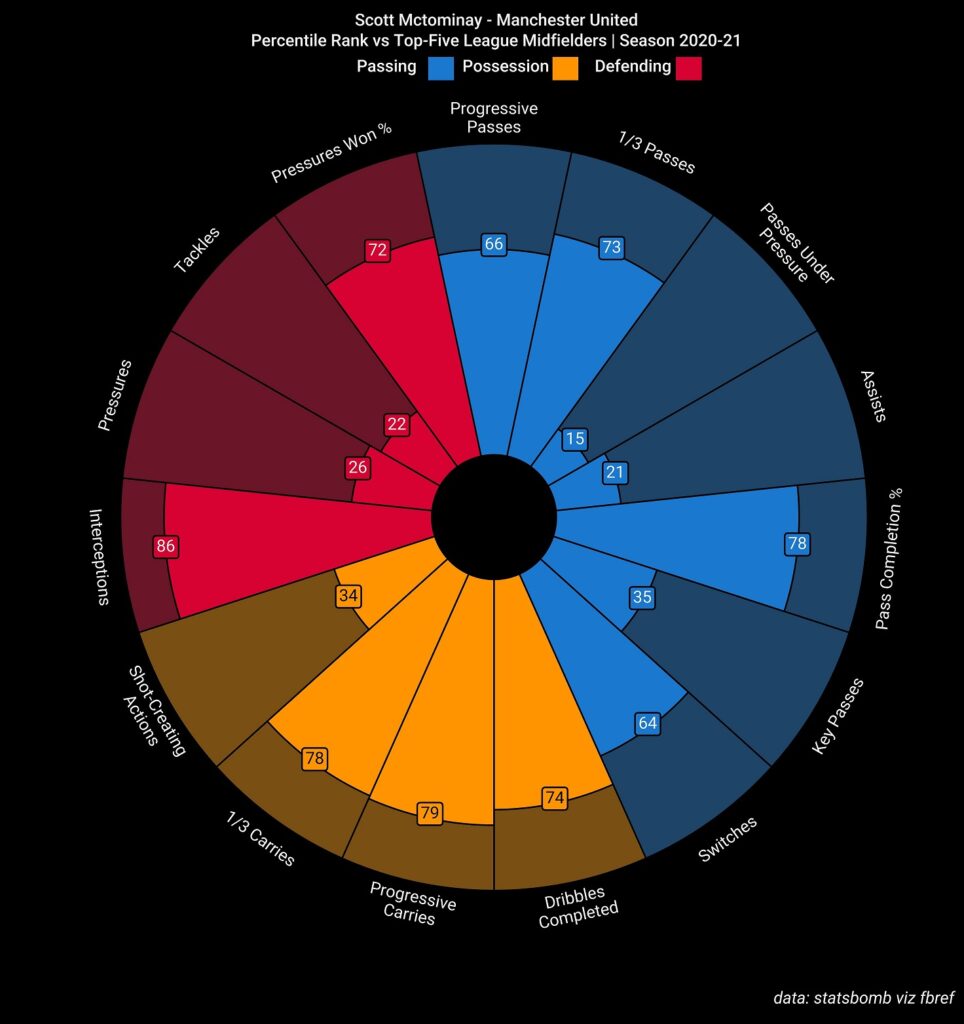
So what is the ideal pivot? We look to post-lockdown Matic-Pogba to get a good idea. This was the phase when the DLP-B2B combination was in clear display. Matic held back and found Pogba and Bruno with his progressive passes and Pogba could go ahead and connect with Bruno while dropping enough in the defensive phase to press in midfield. For United, replicating this combination might be the solution. In the off case Pogba does leave in the coming summer, Fred can step into the B2B role comfortably (one could argue he is more suited to a well-rounded B2B than Pogba). He already ticks most of the boxes and with the reduced burden of playmaking from deep, he might be able to pull off a perfect Kante-style B2B role. In both cases, a strong DLP is needed at the club.
A summary of the above 2 paragraphs is: United need a younger version of Matic – the same traits and additionally, the energy and dynamism to play in a pivot.
Inputting the metrics
Based on what we’ve discussed so far, I’d like to split the role of the required DLP in two parts: Passing and Defending
Let’s take up both traits one by one and then match the commonalities.
(A) Passing: He needs to be an adept passer who can find the likes of Pogba, Bruno and the wide players. High progression and good passing range are a must here.
For the above described passing requirements, the 2 stats that can work are ‘Passes into final 3rd’ and ‘Progressive passes’. A player doing well on both would indicate passing range and progression from deep. We use Fbref to pull out the data and filter using the below criteria:
Position: All players categorized as midfielders as per Fbref
Age: 27 or lower (United will be looking for a young or peak player who can fill the role long-term)
Starts: 12 or more (We need a robust regular starter. The per 90s also makes more sense with many starts and would not be skewed due to low 90s)
Minimum numbers for both passing stats: At least 3.96 passes into final 3rd and 3.3 progressives passes per 90. Both correlate to roughly the top 60 percentile in Europe. Players in the bottom 40 percentile on both stats are not of interest to us.
This gives us a list of 89 players. We run them on a X-Y plot to obtain the following results.
(Note: Only top 5 league players have been used here. While I do admit we might miss out on some hidden gems outside the top 5 leagues, the chances of United buying someone like that are low and the data set would become too huge to work with anyway. So, if you do feel someone worthy outside the top 5 leagues has been missed, do let us know and we can scout them separately)

Okay, this is giving us some options. But we can notice a few issues here immediately. Some players are already playing for big teams or rivals (Kimmich, Kovacic, Rodri etc.) and some aren’t technically pivot CMs (Bruno, Oliver Torres etc.). We hide these names, add some reference lines to see the averages and hide the bottom-left quadrant names to obtain a clearer idea of the prospects.
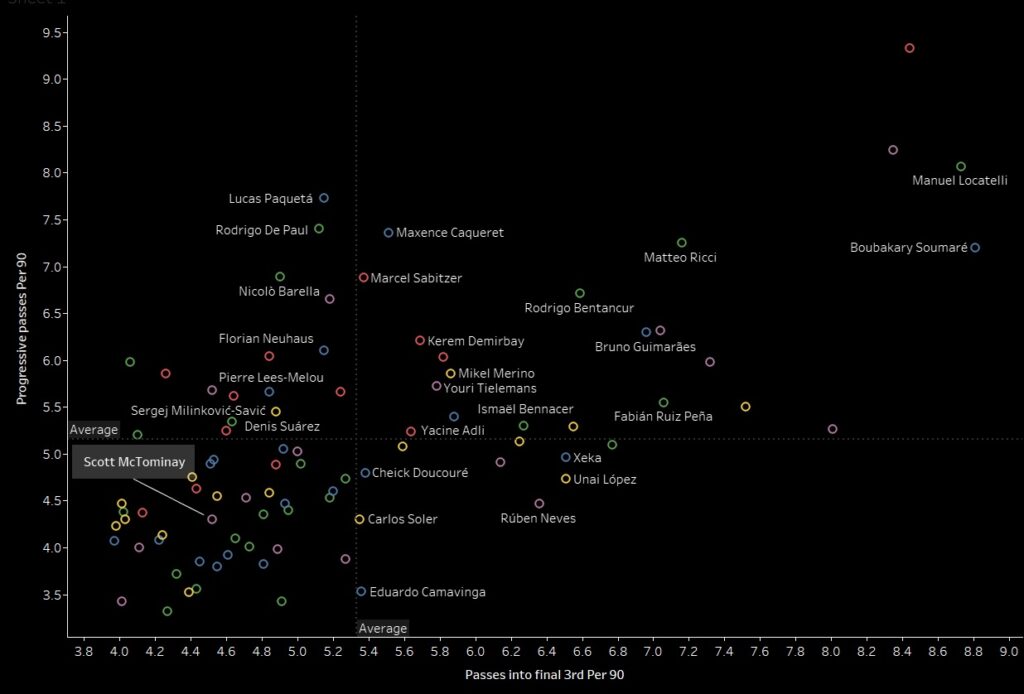
Much better. As we can see, the top-right quadrant gives us players who rank the best for both progressive passes and passes into the final 3rd. I added Scott McTominay into the mix to indicate his poor progression. We definitely need a much better passer than that. This set looks okay for now. Let’s go to the second part of what is needed from our ideal DLP.
(B) Defending: The recent game against Liverpool and many other games before that this season showed how badly we needed someone who could hold and shield our defence especially in the defensive transitions. With Scott and Fred losing the ball high up the pitch and the fullbacks ahead as well, our defence was regularly exposed to 3 on 2 situations vs Liverpool. Our ideal midfielder should be able to shield the defence during these defensive transitions. A presser or tackler who leaves his position will not be acceptable. Someone good at positioning and strong in not letting runners go past him would be perfect.
The two metrics that come closest to describing this behaviour are ‘Pressure Success %’ and ‘Dribbled Past’. A player scoring high in pressure success indicates someone who presses only when he’s sure of winning the ball while a player ranking low on the dribbled past stat ensures he doesn’t get dribbled by in transitions. This combination will help us eliminate many CMs who love pressing and tackling like Fred and Scott. We don’t want high-risk high-reward press-hungry tacklers. We already have that. Our guy needs to be able to hold back, be measured and shield well and these 2 metrics take care of that.
The passing metrics gave us a data set (top 60 percentile on both passing stats) of 89 players that we don’t want to shy away from. We use the same data set and map the 2 defensive stats from Fbref. We plot an X-Y to get the below graph (Dribbled past is a reversed axis).

Again, we can clean this up by eliminating players who are already at top clubs, haven’t played CM regularly enough and are below the average lines.
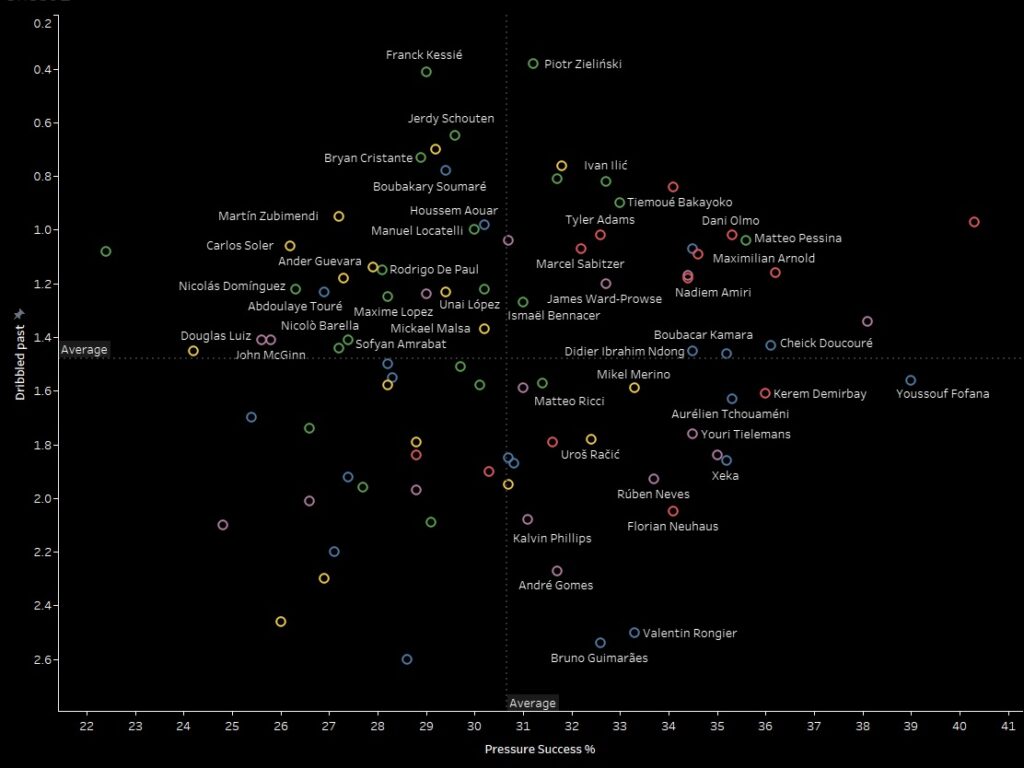
Lots of options here. Much more crowded than the passing set which indicates defensively there are many who can do the required job of holding and shielding well. Now, we just need to find the players who can do both well.
Creating the Shortlist
Simply comparing the top-right quadrants of both graphs we obtain 2 names that fit all 4 criteria perfectly – Ismael Bennacer of AC Milan and Marcel Sabitzer of RB Leipzig. Now, the stats don’t indicate a real world tactical fitment, so let’s check that. Bennacer plays CM in a 4-2-3-1 for Milan indicating he’s already playing the role we want. They also attempt a possession style game and he is the DLP when paired with Kessie who is a B2B. Perfect match! Sabitzer is an odd case. While the stats imply he can pull the role off and he has, to his credit, played a very measured CM role this season, that isn’t his natural position. Playing as an aggressive CM in Nagelsmann’s ever-changing high-press 3-5-2 / 3-4-3 / 4-2-3-1, Sabitzer might not be tactically what United need. There’s a good chance he reverts to more attacking roles next season itself. The transition to becoming United’s DLP in a possession-based 4-2-3-1 seems far-fetched.
We widen our scope to include more options for the shortlist.
Reducing any one defensive criteria includes Merino, Ricci, Tielemans, Locatelli and Guimaraes
Reducing any one passing criteria includes Cheik Doucoure
Again we run a tactical fit and realism check on these options. The only issue seems to be Tielemans. With Leicester in with a very good chance to qualify for UCL, United’s chances to sign him are low. Even if Leicester don’t qualify, it’s a tough ask to poach from a financially strong top 6 EPL side. The others seem realistic. This brings our final shortlist to:
Ismael Bennacer (AC Milan)
Mikel Merino (Real Sociedad)
Manuel Locatelli (Sassuolo)
Bruno Guimaraes (Lyon)
Matteo Ricci (Spezia)
Cheik Doucoure (RC Lens)
A few explanations for some famous names that are often linked to United and where they got cut in these calculations:
Wilfred Ndidi and Declan Rice: 2 very popular names that are constantly linked got eliminated when it came to progression. Their progression numbers are in the bottom quadrant close to Scott which is definitely not what United want. Ndidi’s dribbles past is also a high 1.79 per 90 while Rice’s pressure success is only 29%. So both lacking big time in passing and even in some defensive requirements took them out early.
Eduardo Camavinga: I’m a big fan of the player myself and hoped he would fit United’s DLP needs but this exercise has proven Camavinga is too aggressive to play the DLP role. He’s closer to a Fred-style B2B (with much better dribbling and creativity). He got cut off on both defensive metrics easily while also seemed lacking in pure progression from deep skills having played in a more advanced role.
So, there you have it. From our calculations, these 6 would be ideal to meet United’s CM requirements. As a continuation of this series, I will delve into detailed scout reports of the above 6 over the next few weeks to assess more on how good a tactical fit they are for United, how their season has been and how realistic they are to sign for the upcoming summer window. Whose scout report would you like to see first? Let us know!

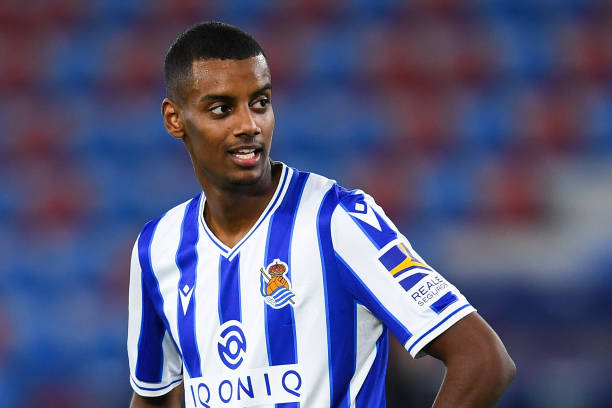
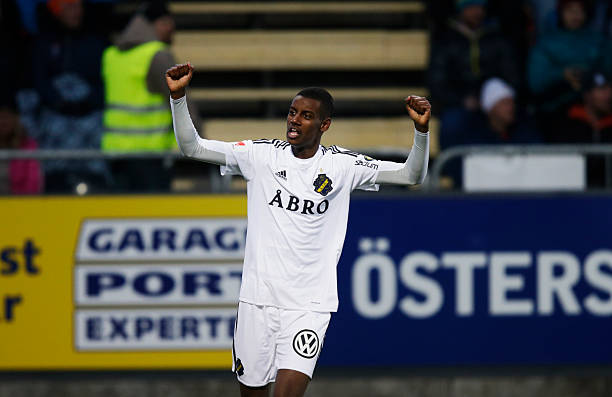
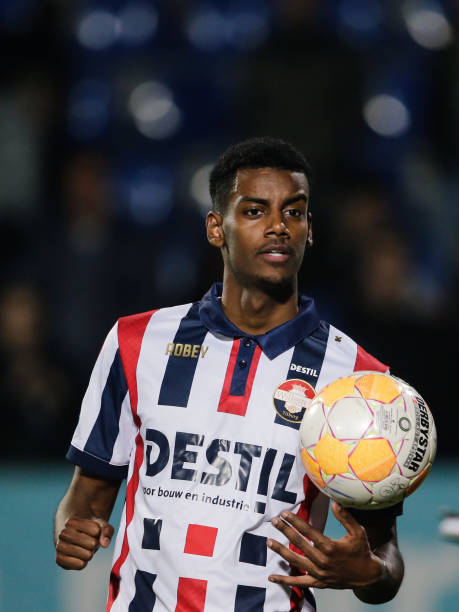
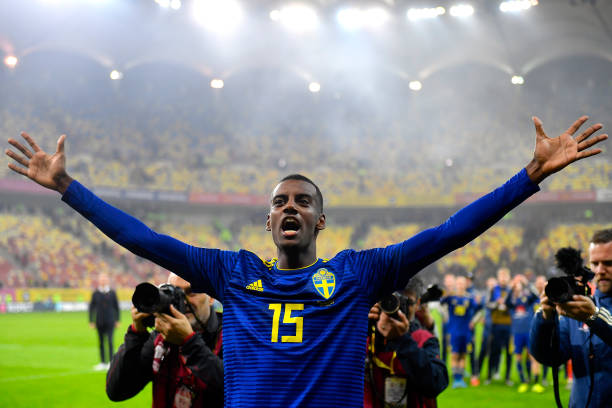
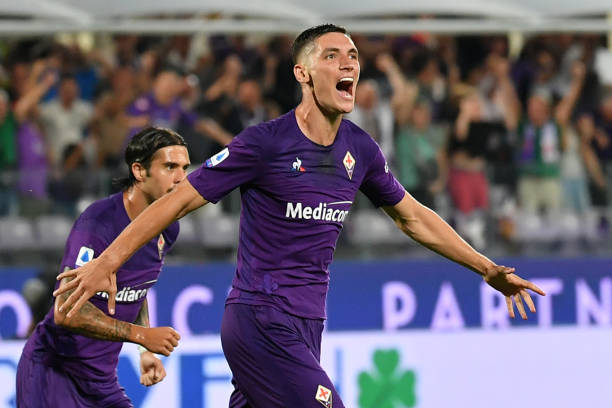
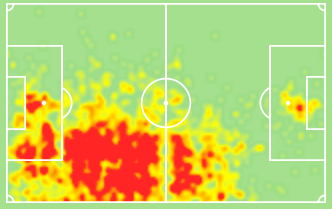
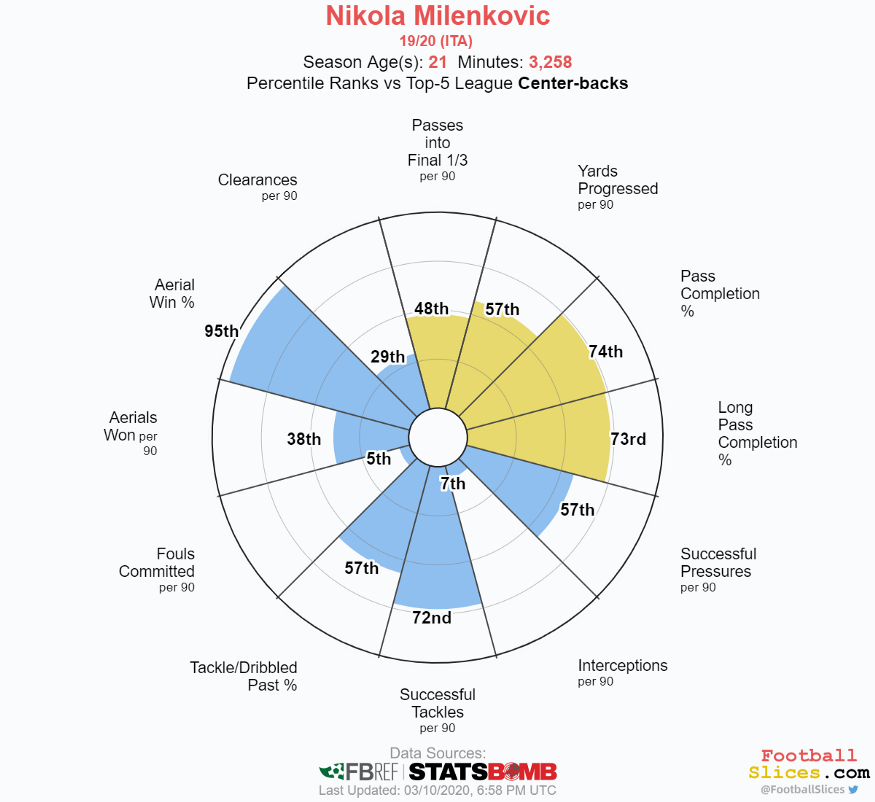
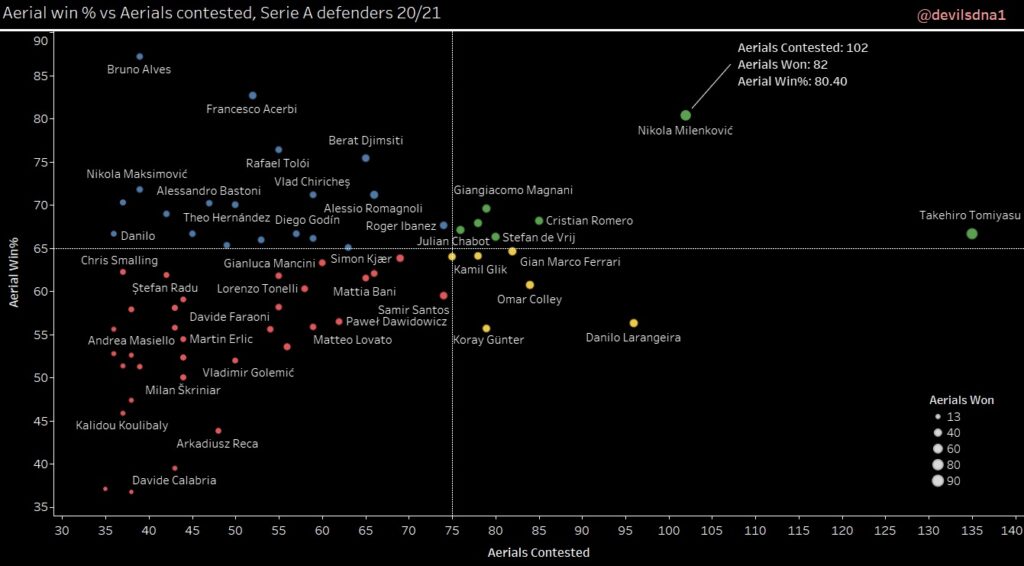

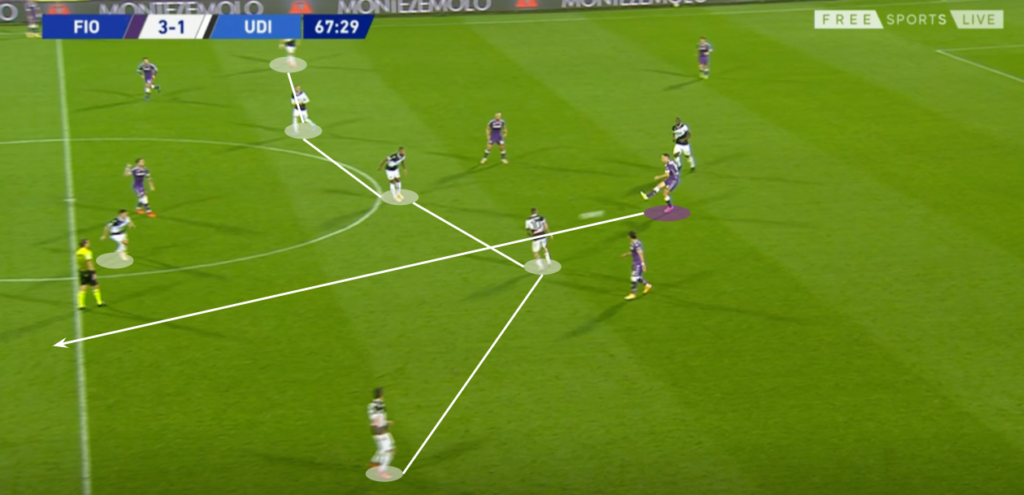
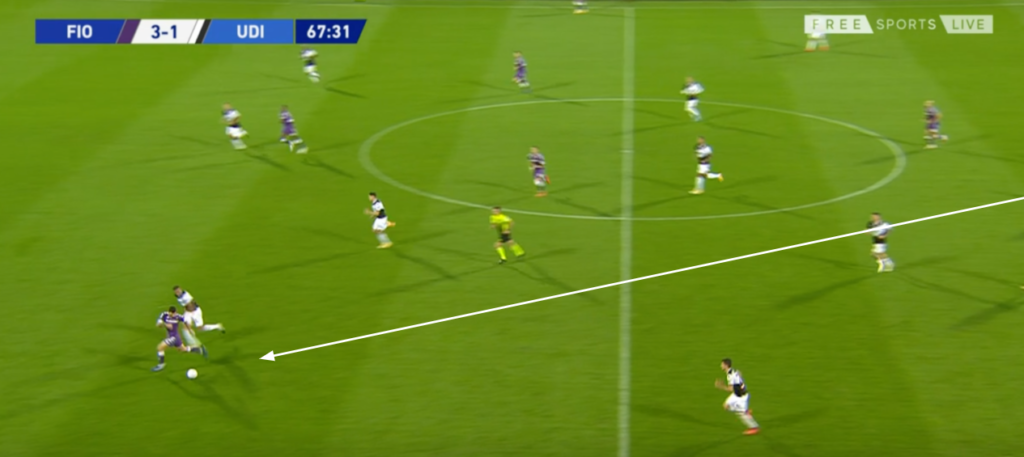
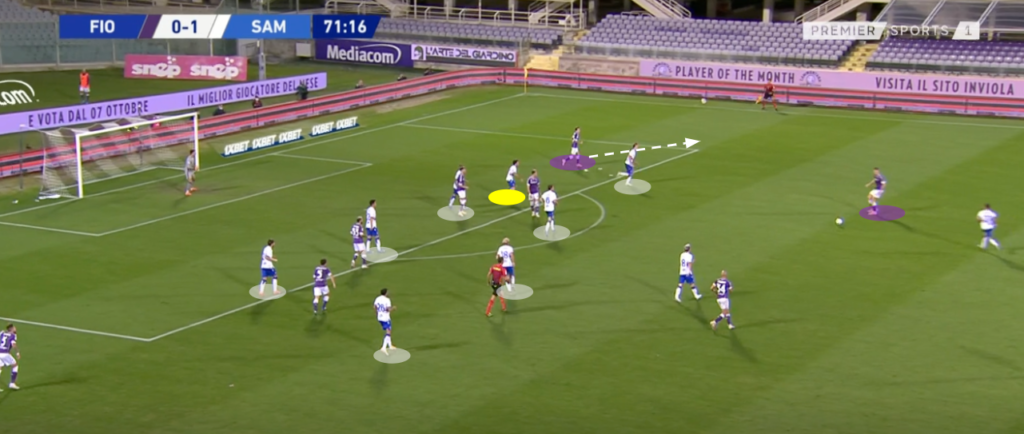
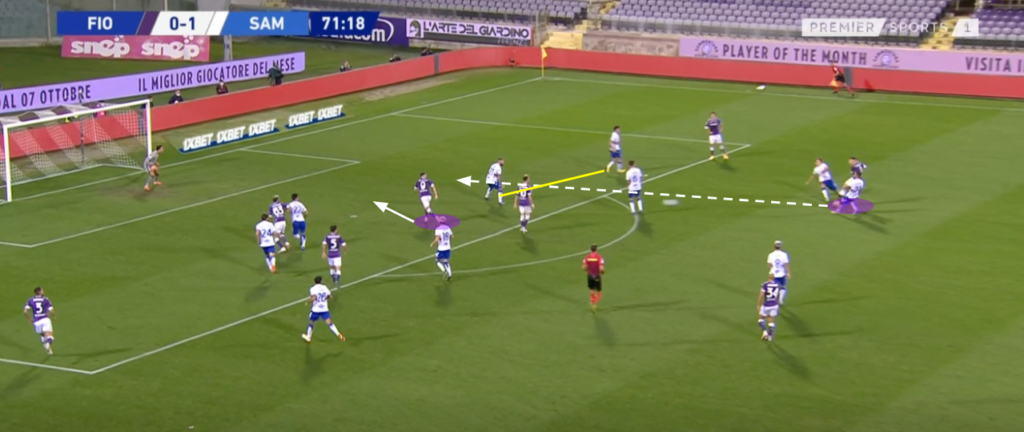
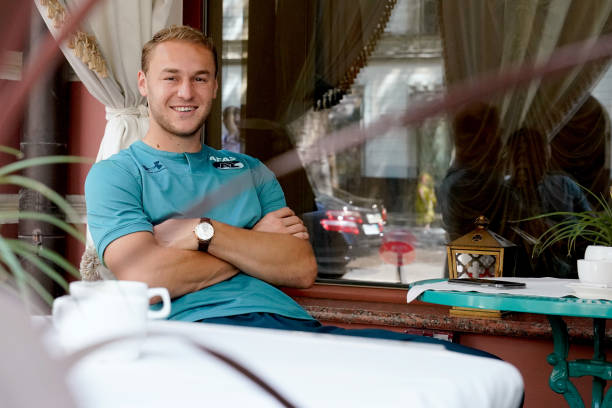

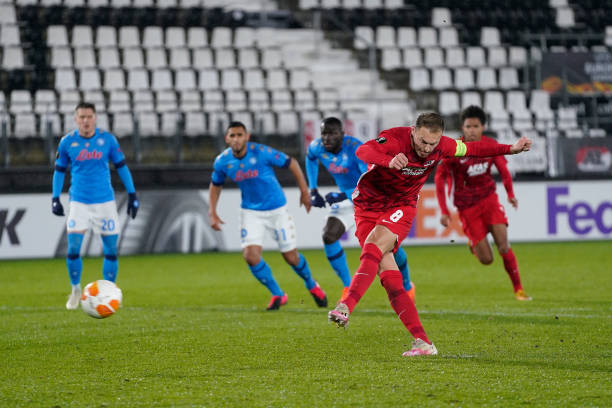
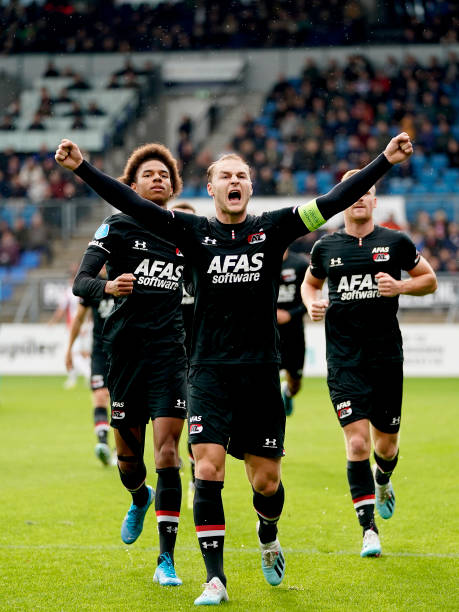
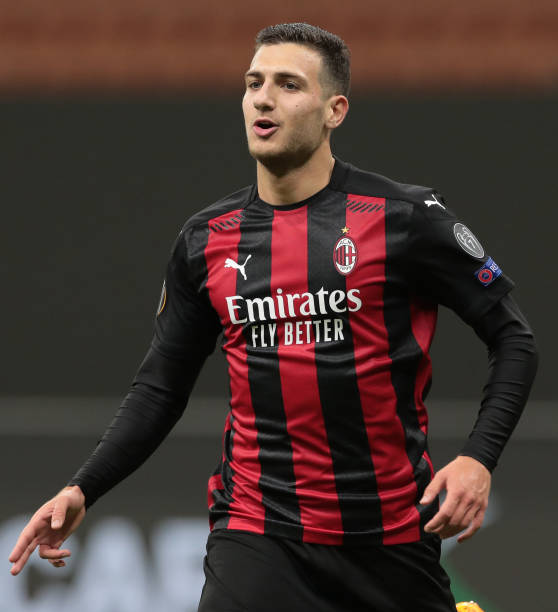
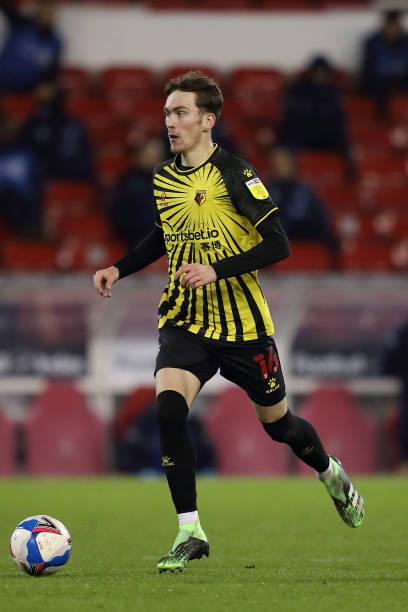
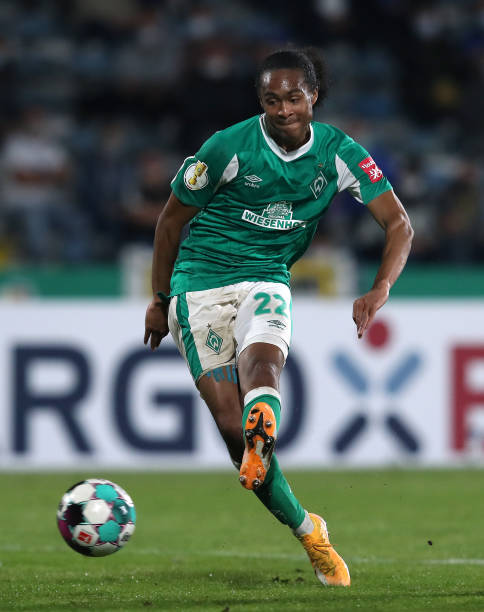

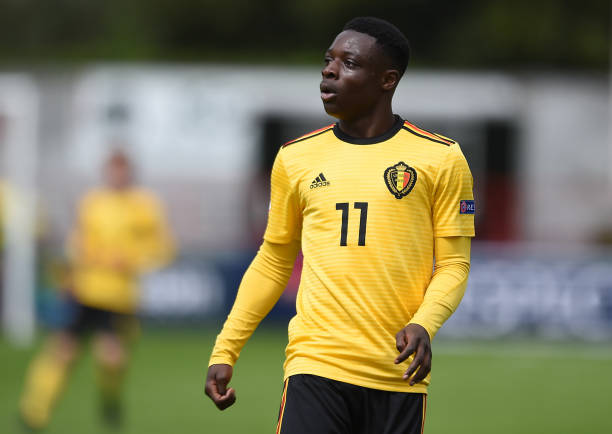
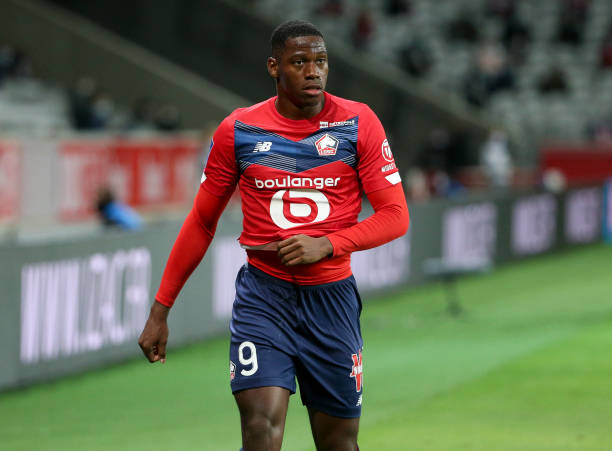
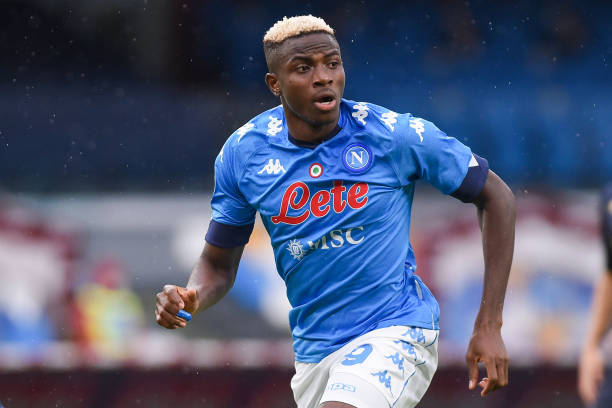
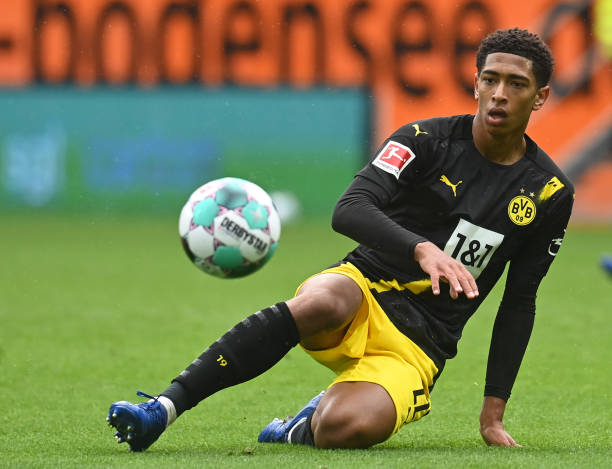
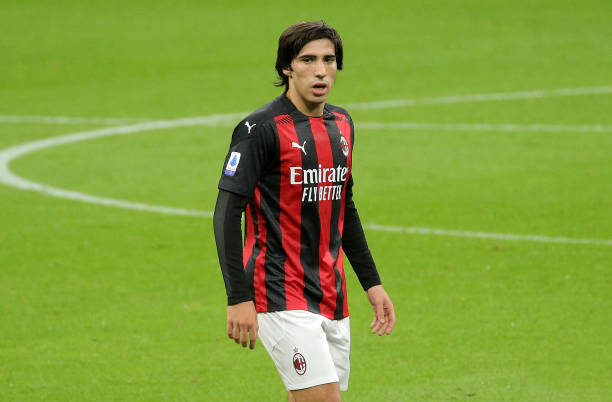

Recent Comments